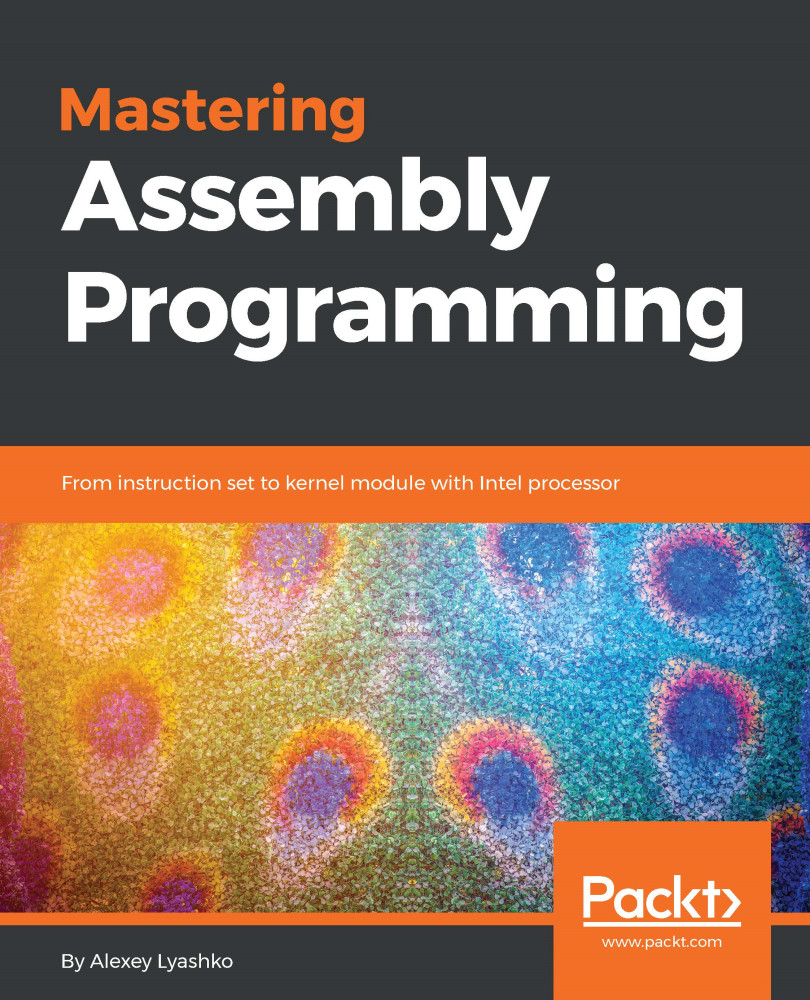In this chapter, you got acquainted with system calls --an operating system's service gateway. You learned that it is much more practical and convenient to use existing libraries in order to invoke system calls indirectly, and in a much more convenient and secure way.
This chapter was intentionally left without 64-bit examples, as I would like you to try and write 64-bit versions of these simple executables yourself as a small exercise to test yourself.
Now we are masters. We have a firm base and are able to implement any algorithm in pure Intel Assembly, and we are even able to invoke system calls directly (on Linux at least, as it is strongly discouraged on Windows). However, as real masters, we know that there is much more to learn and explore, as a base alone is not enough.


